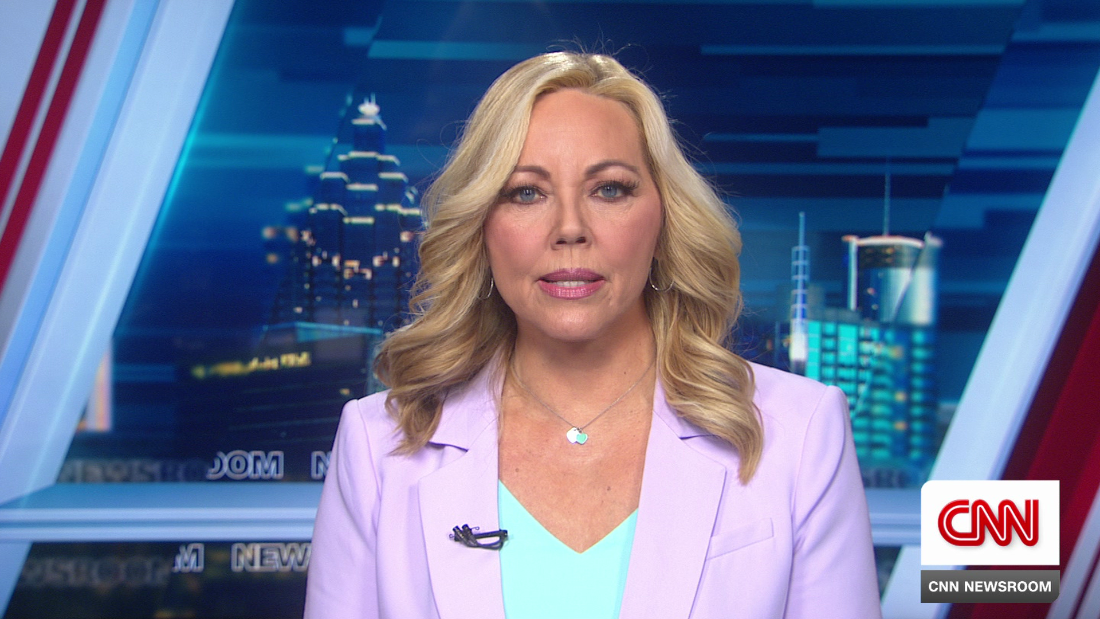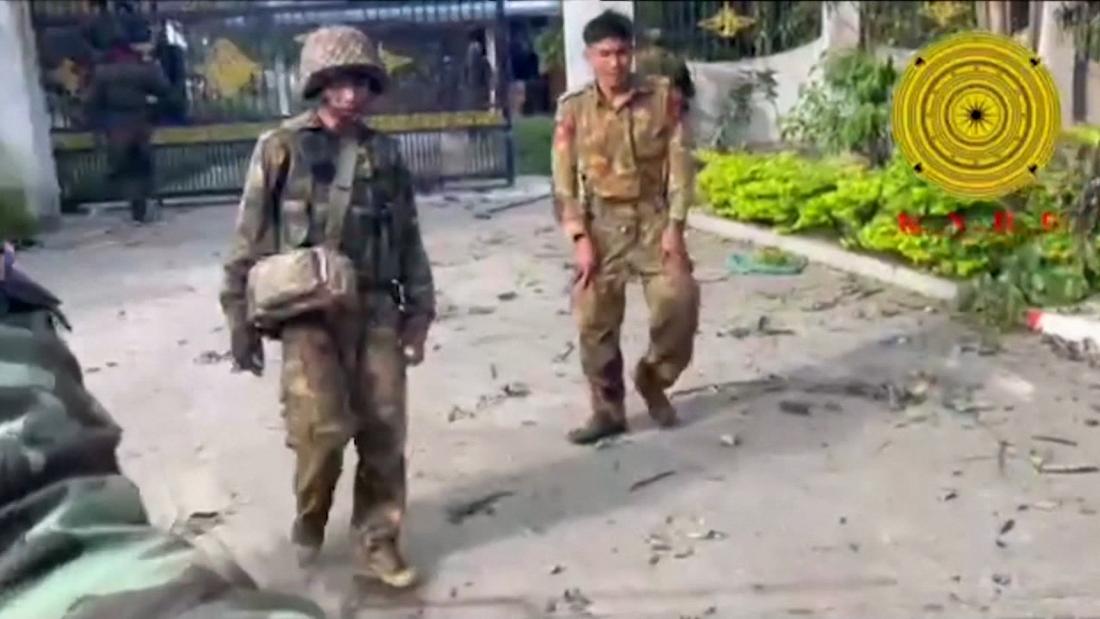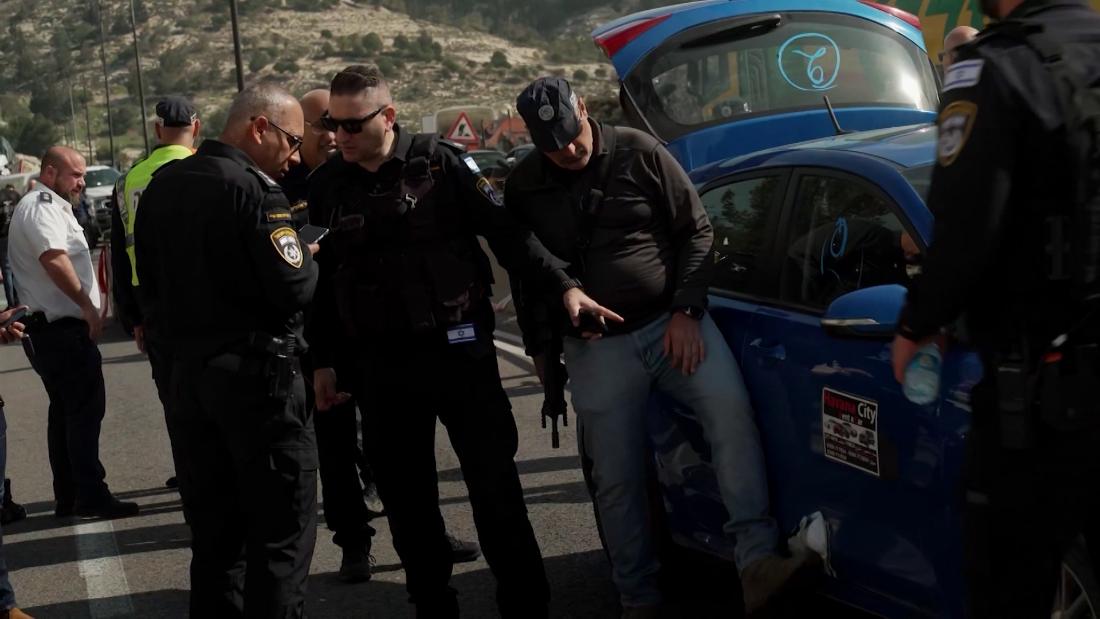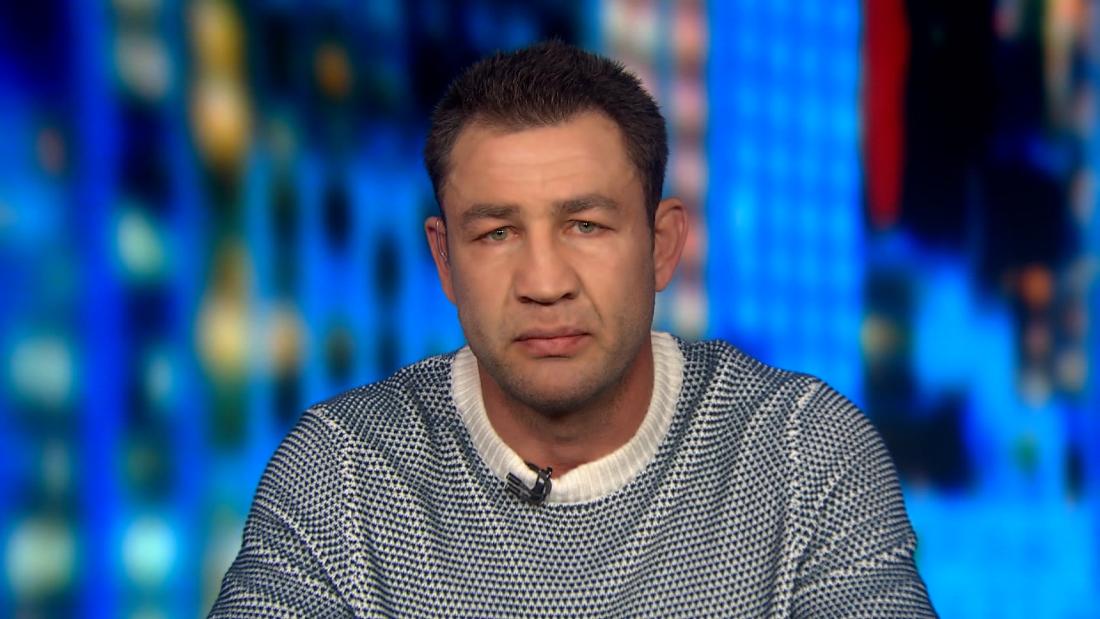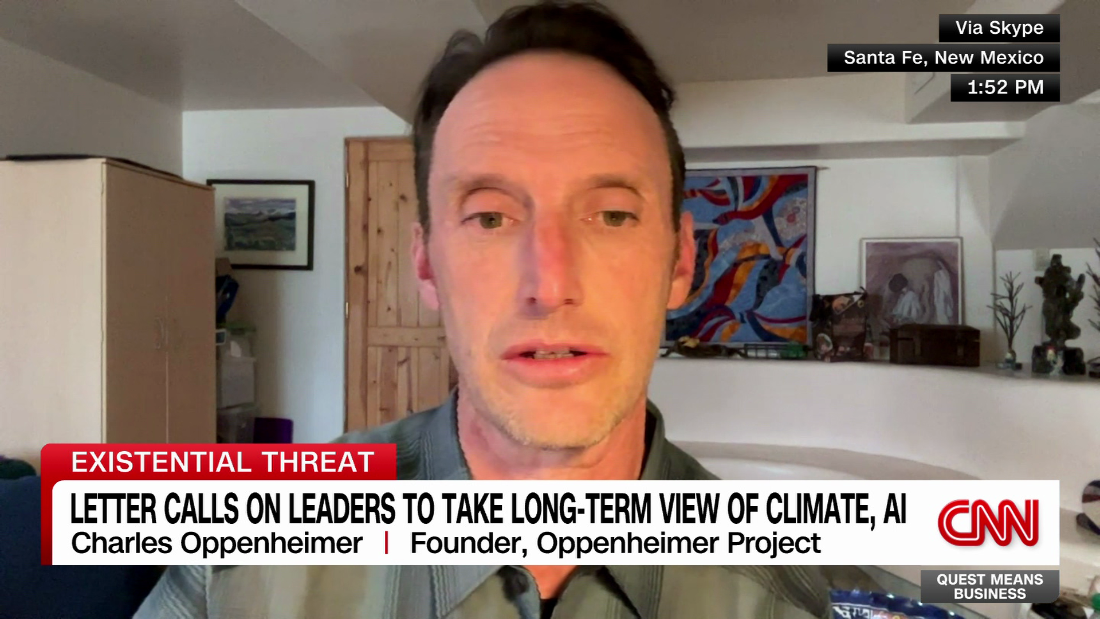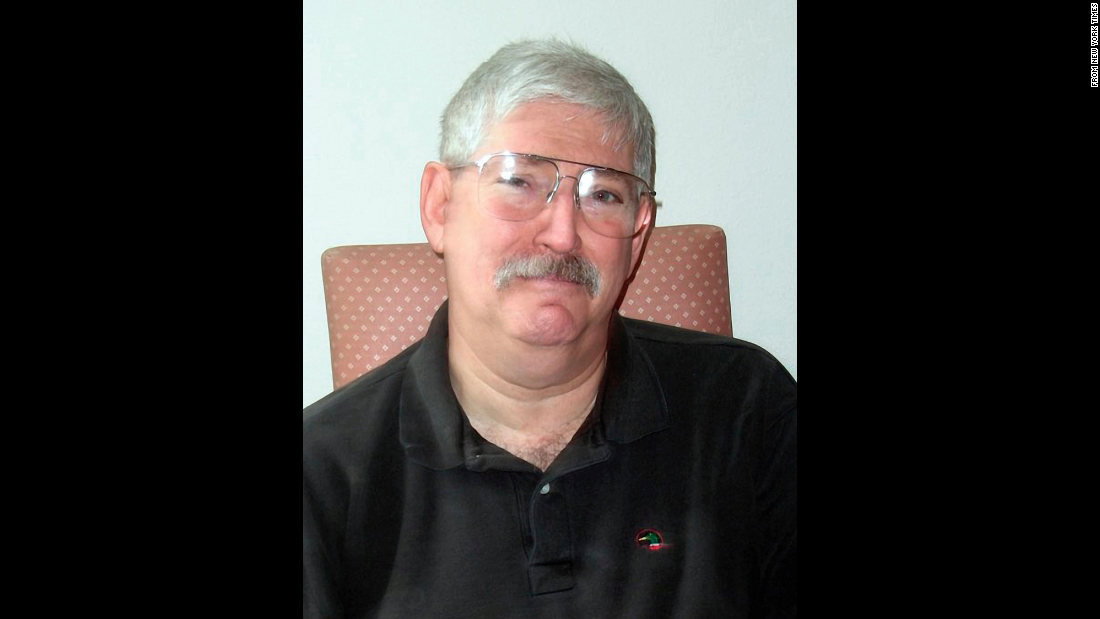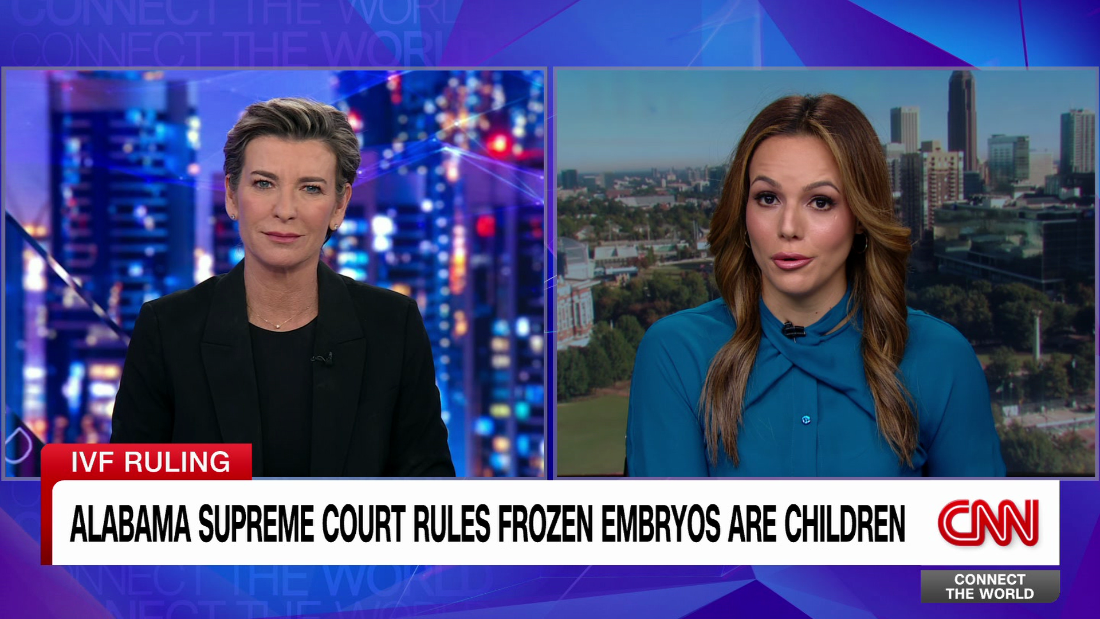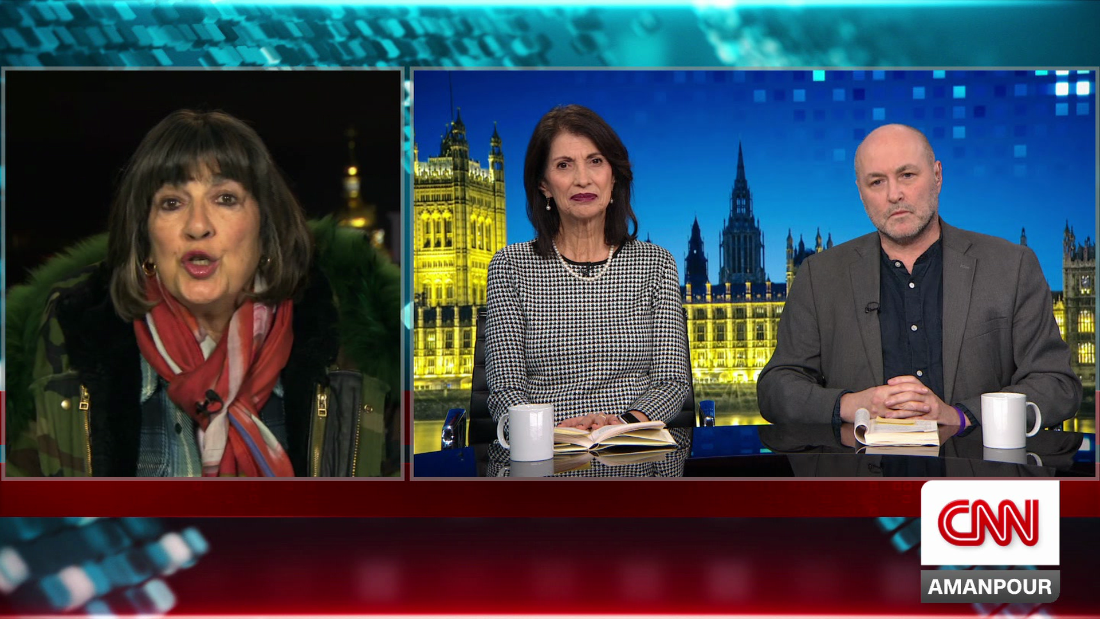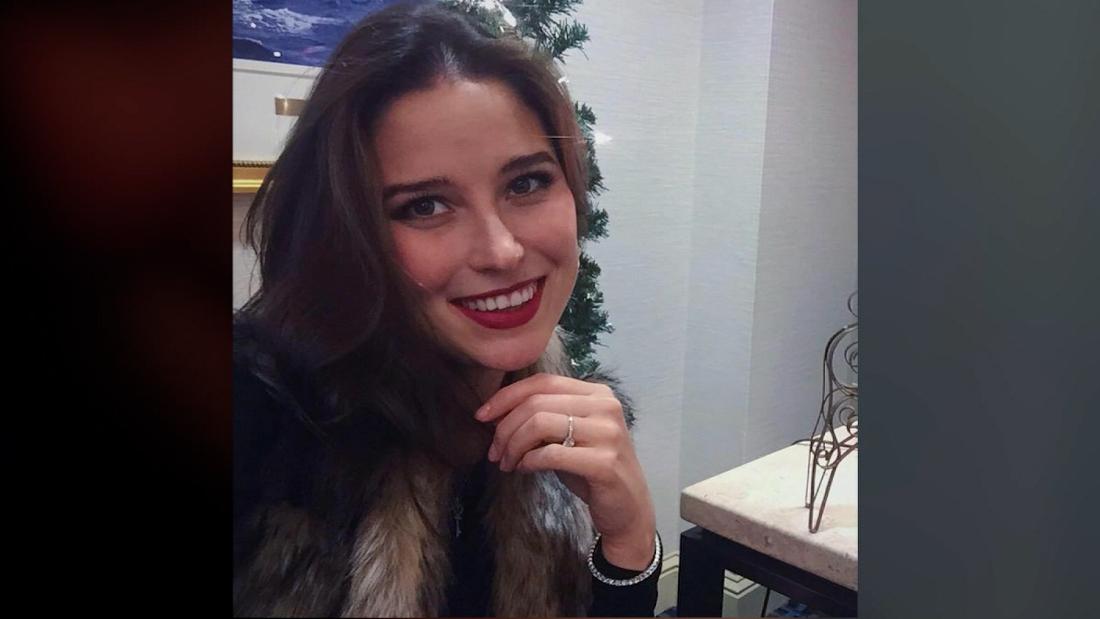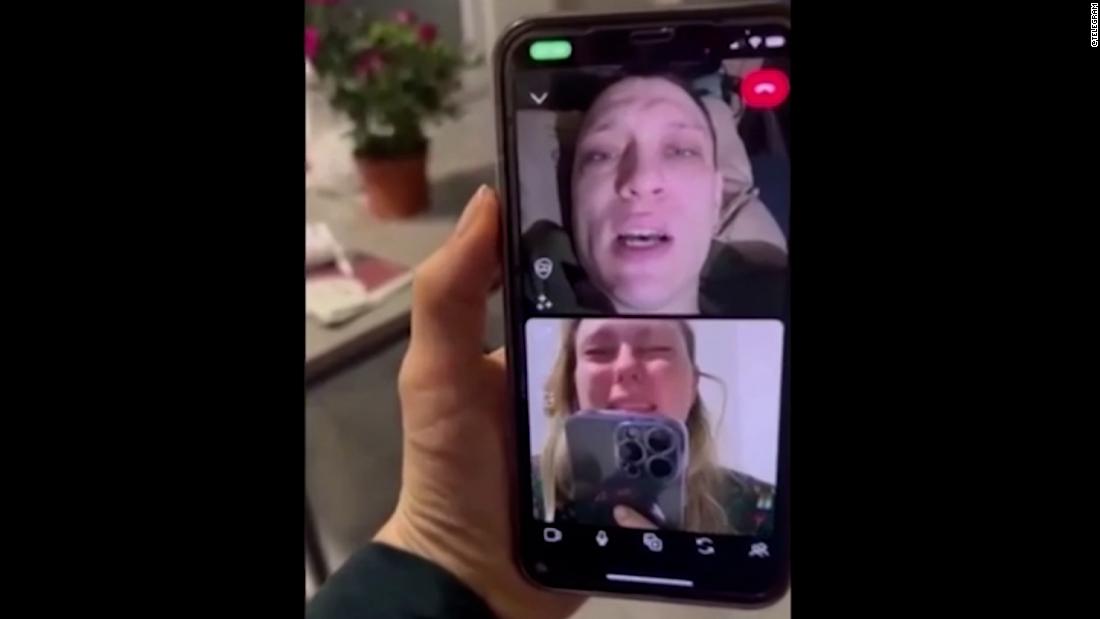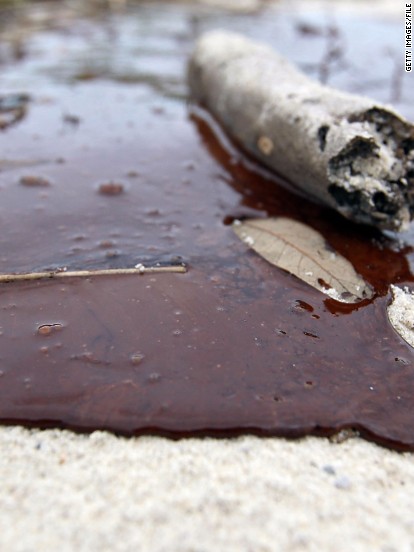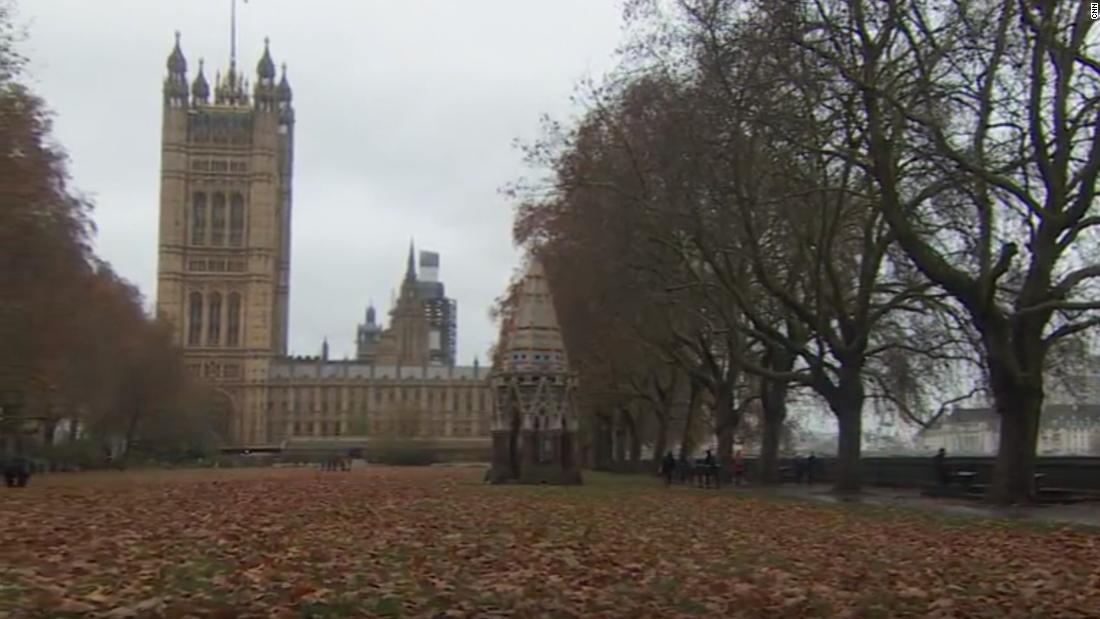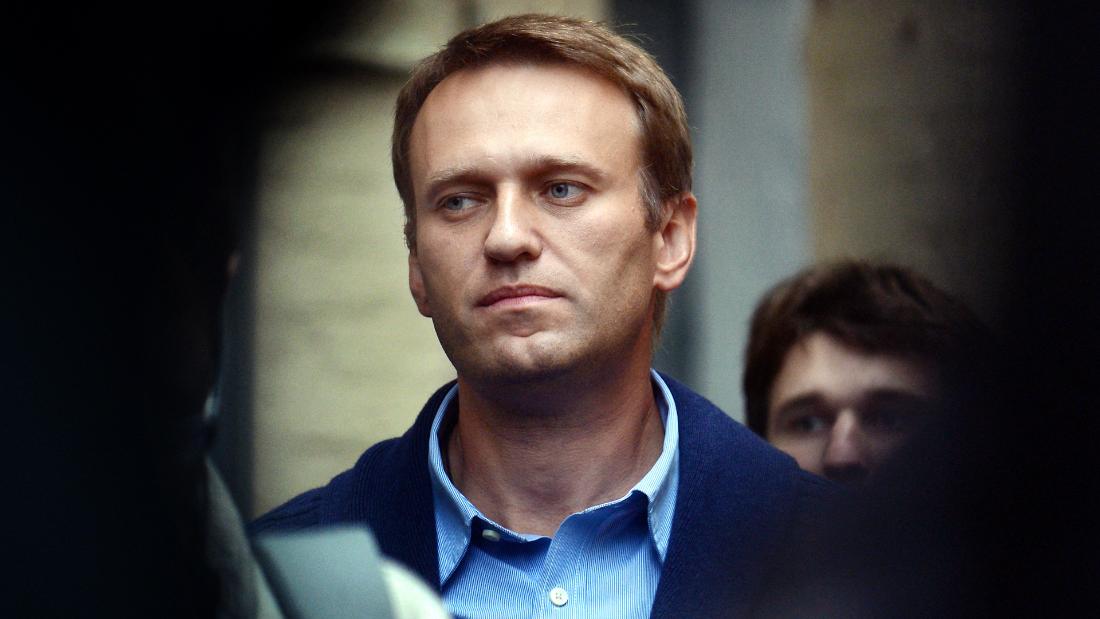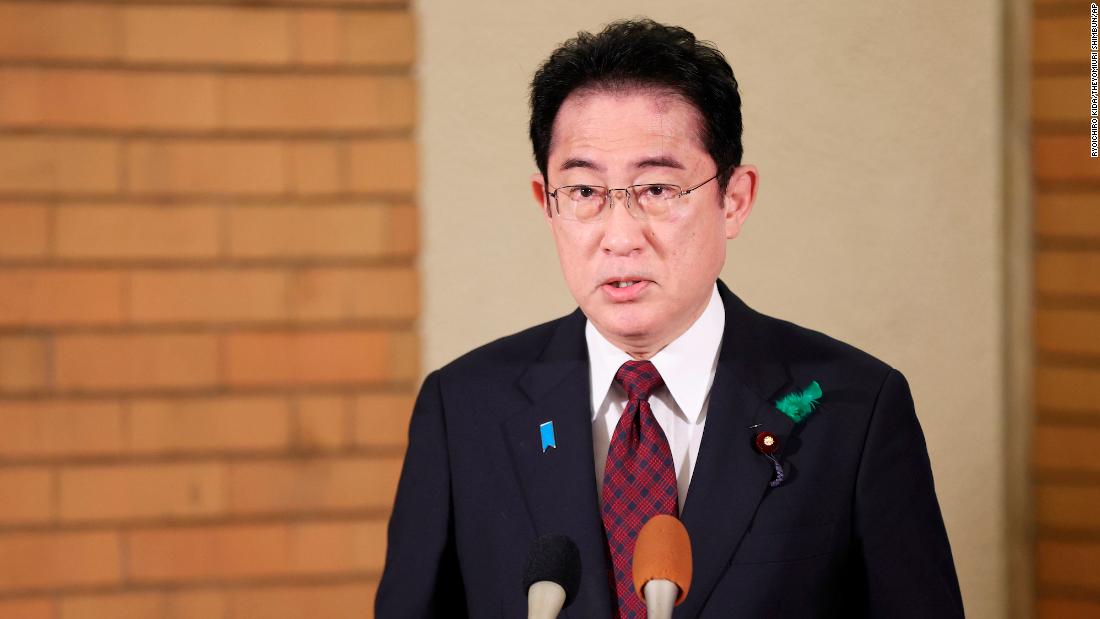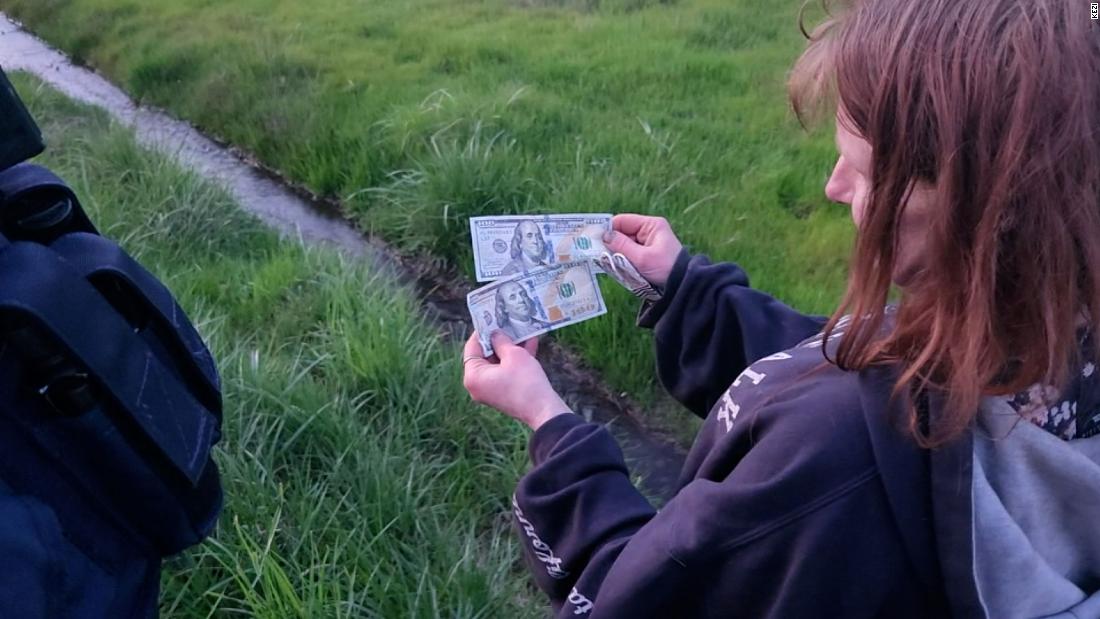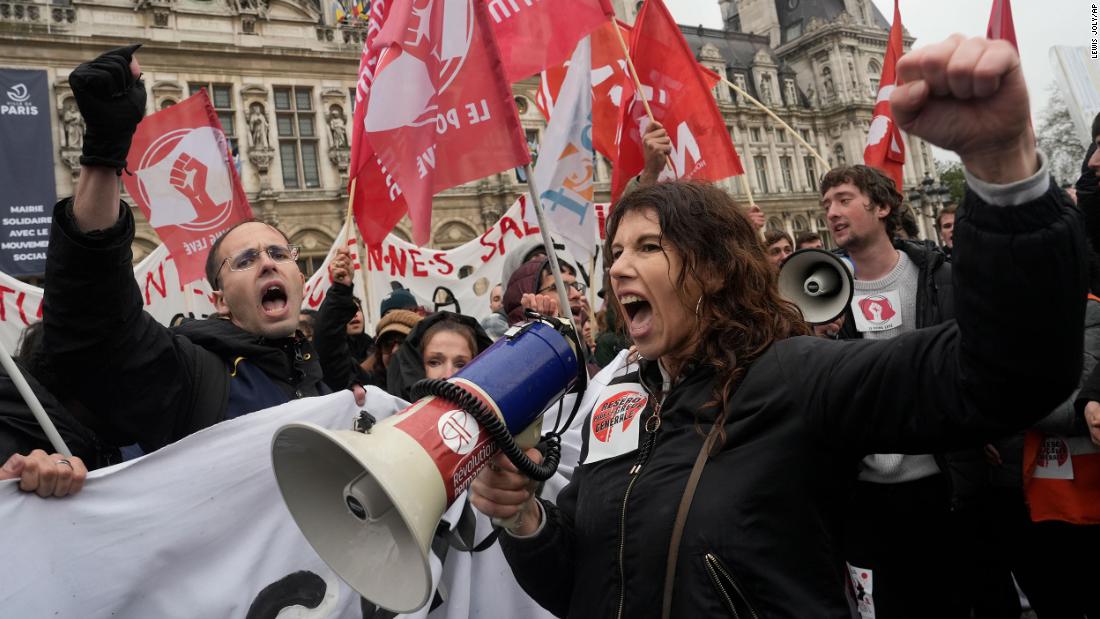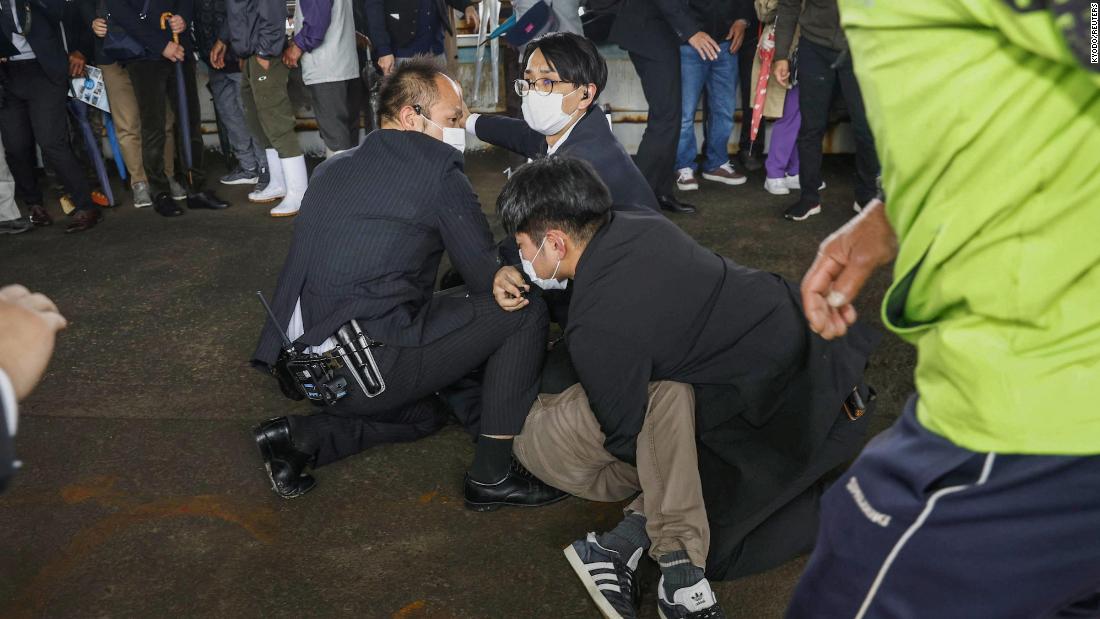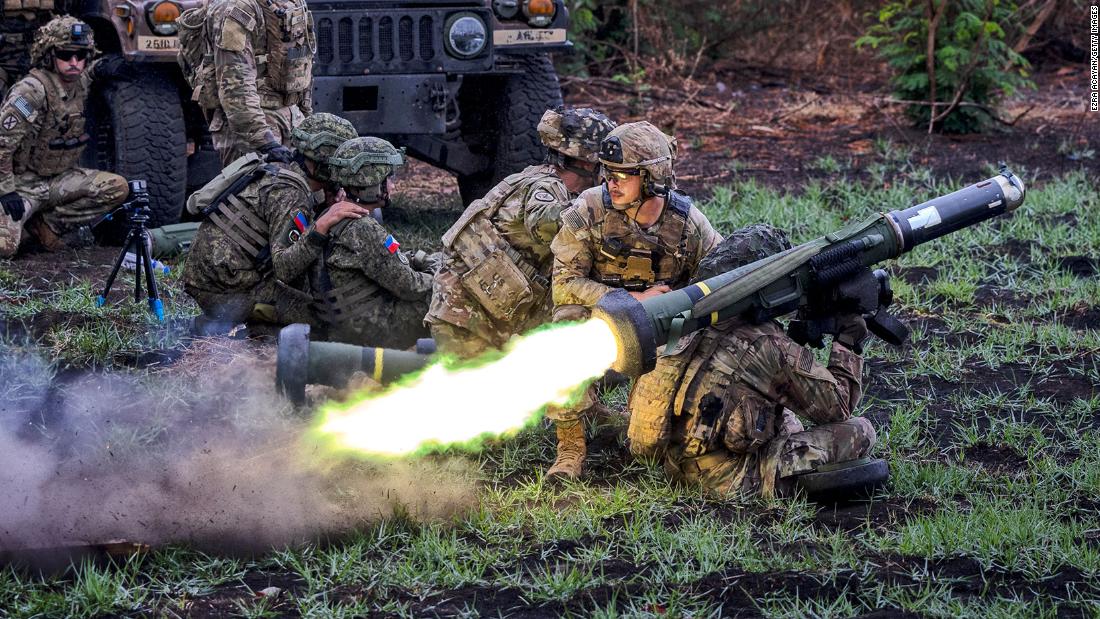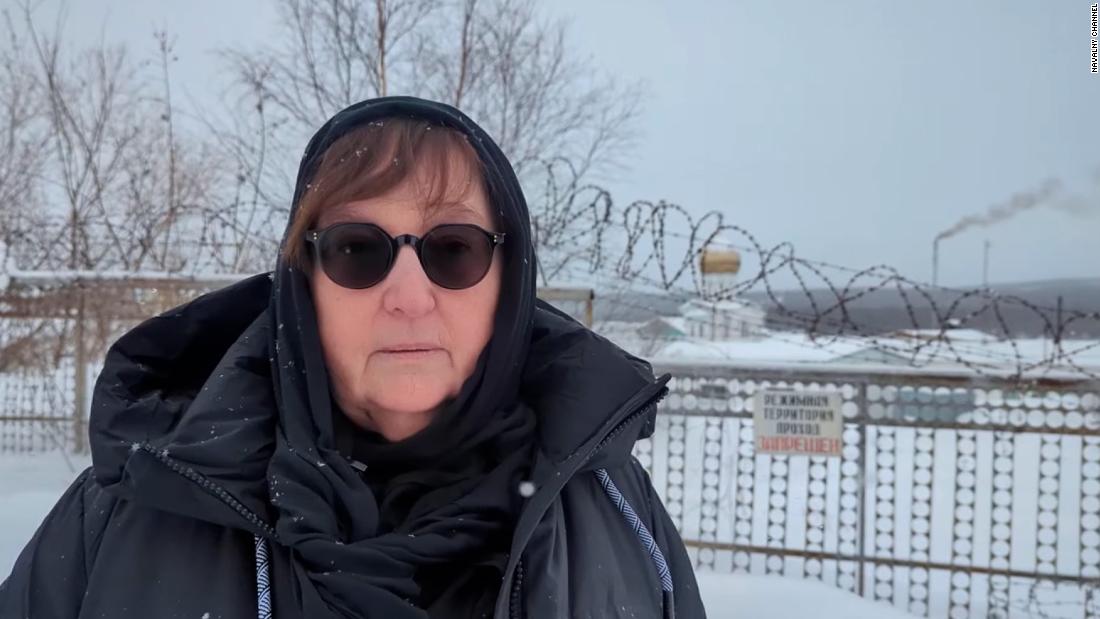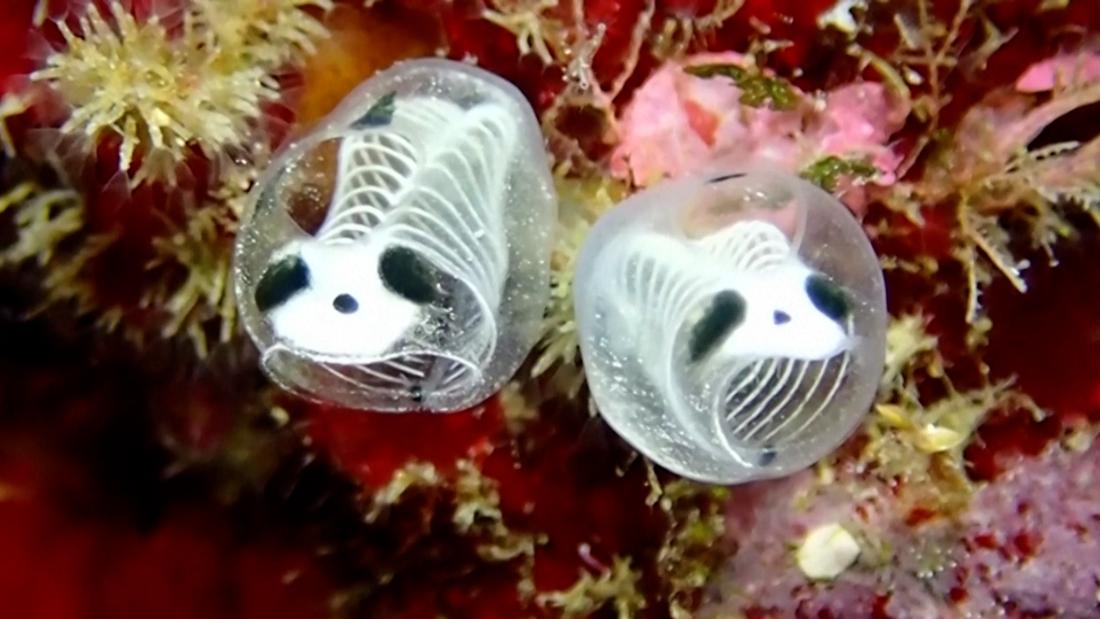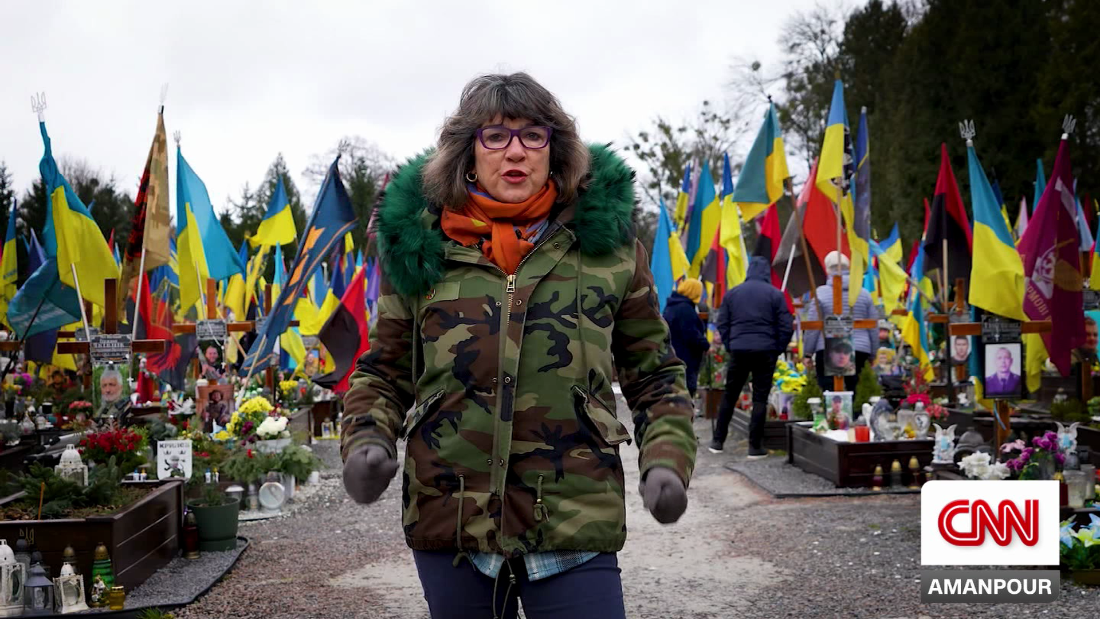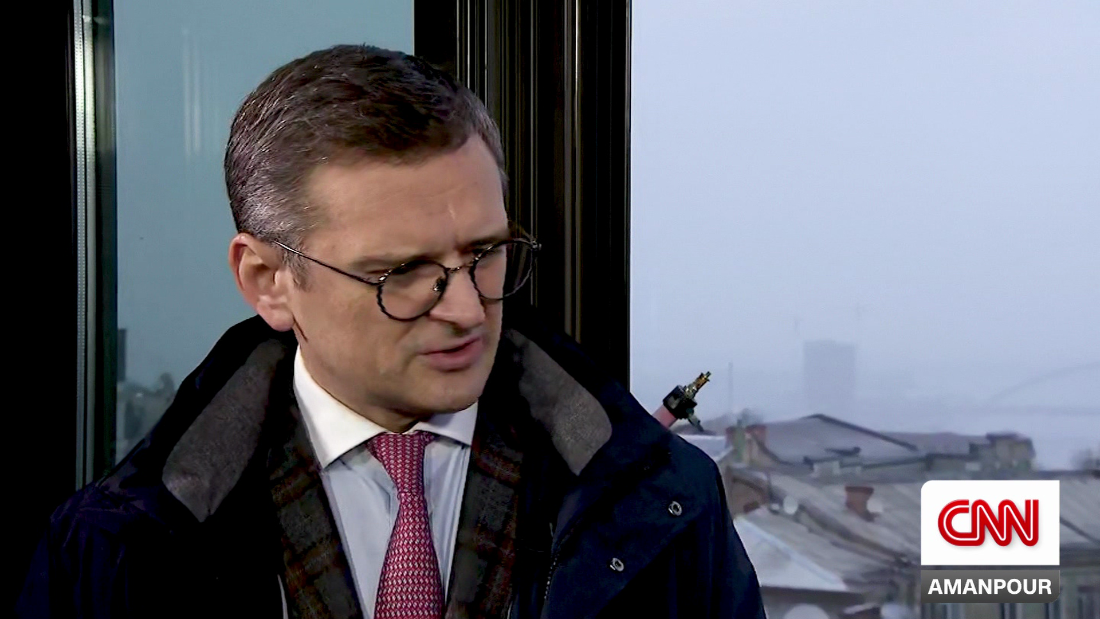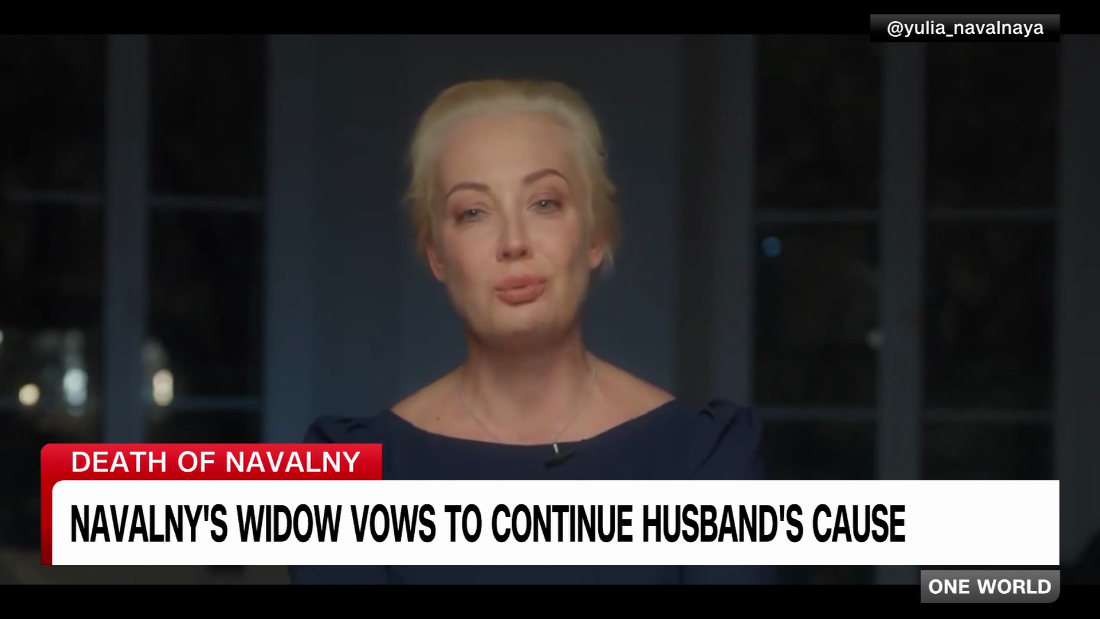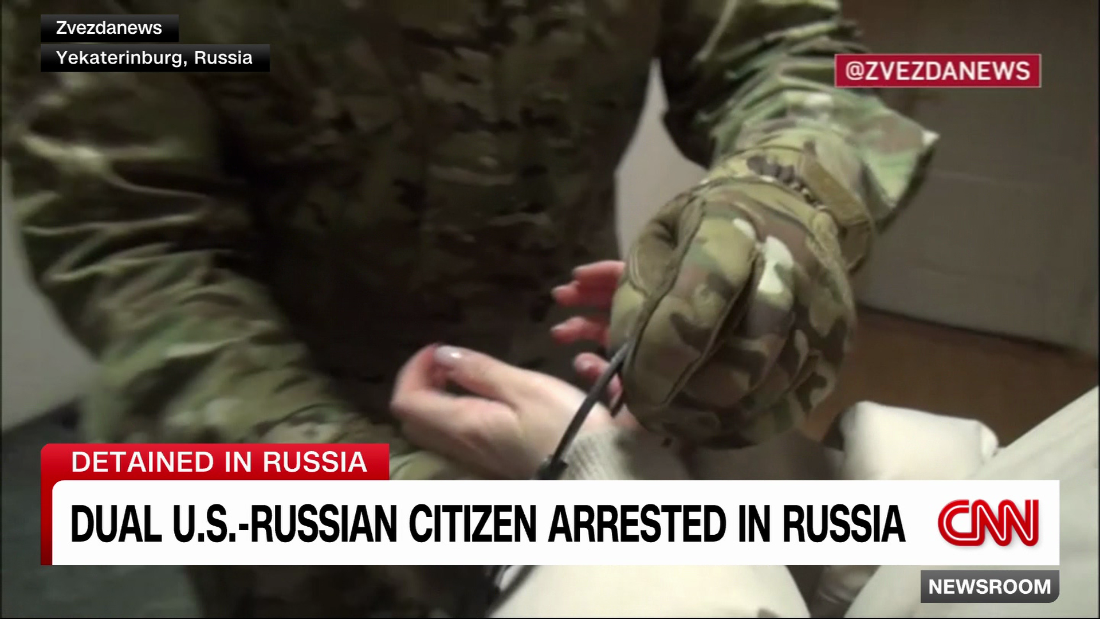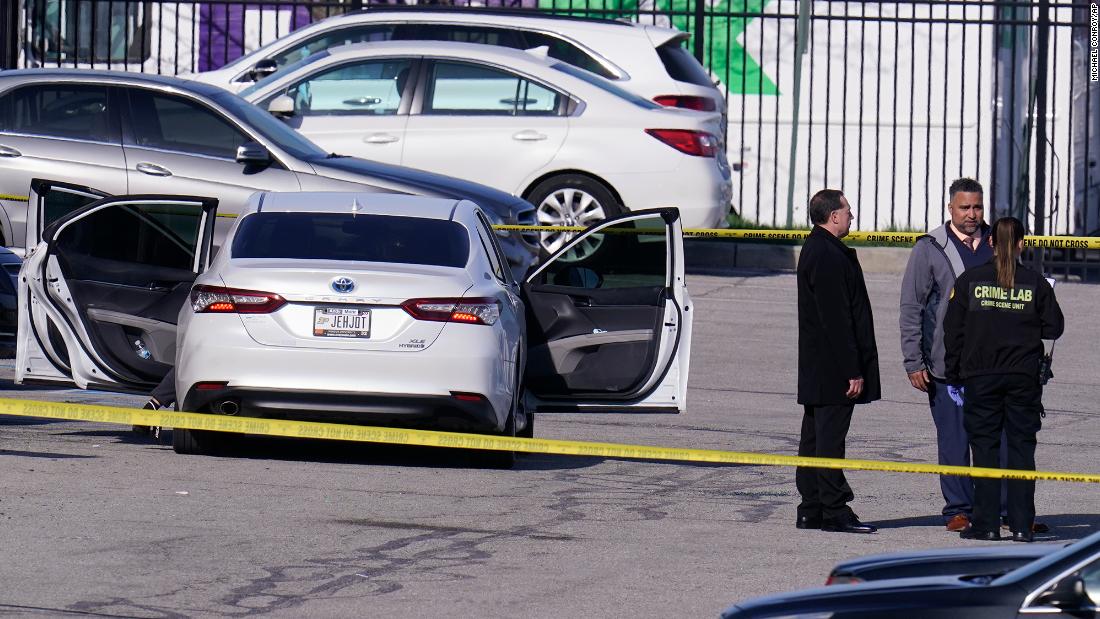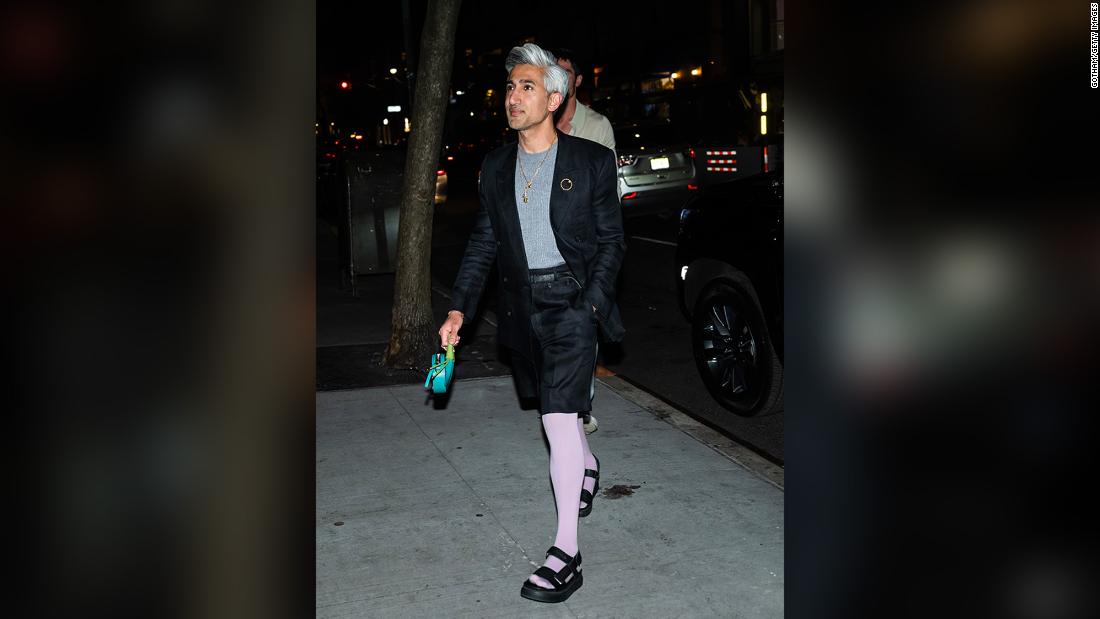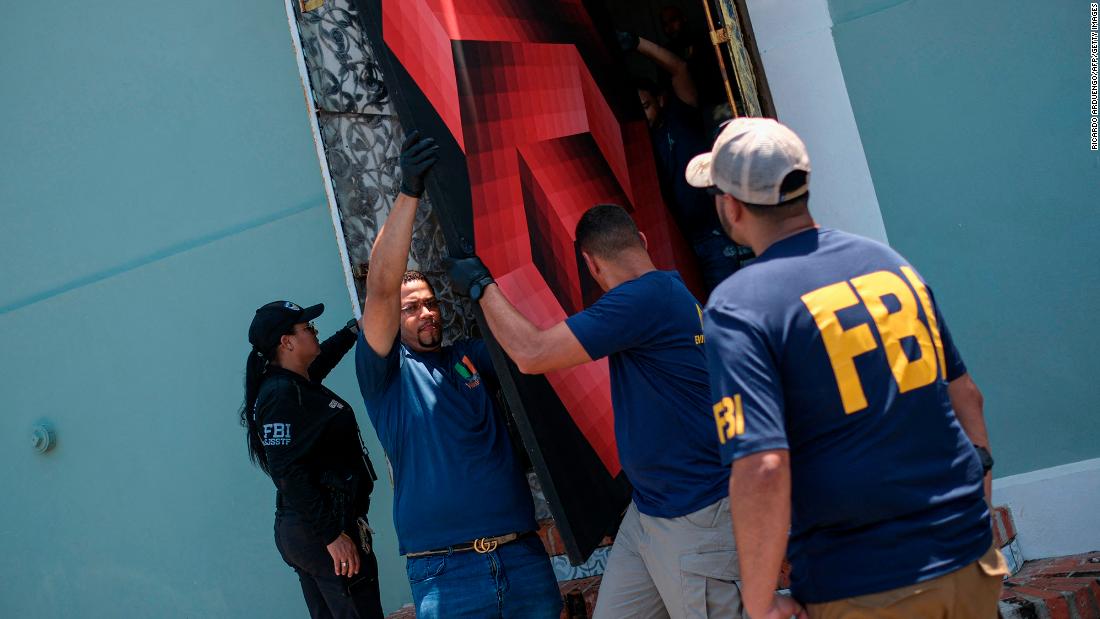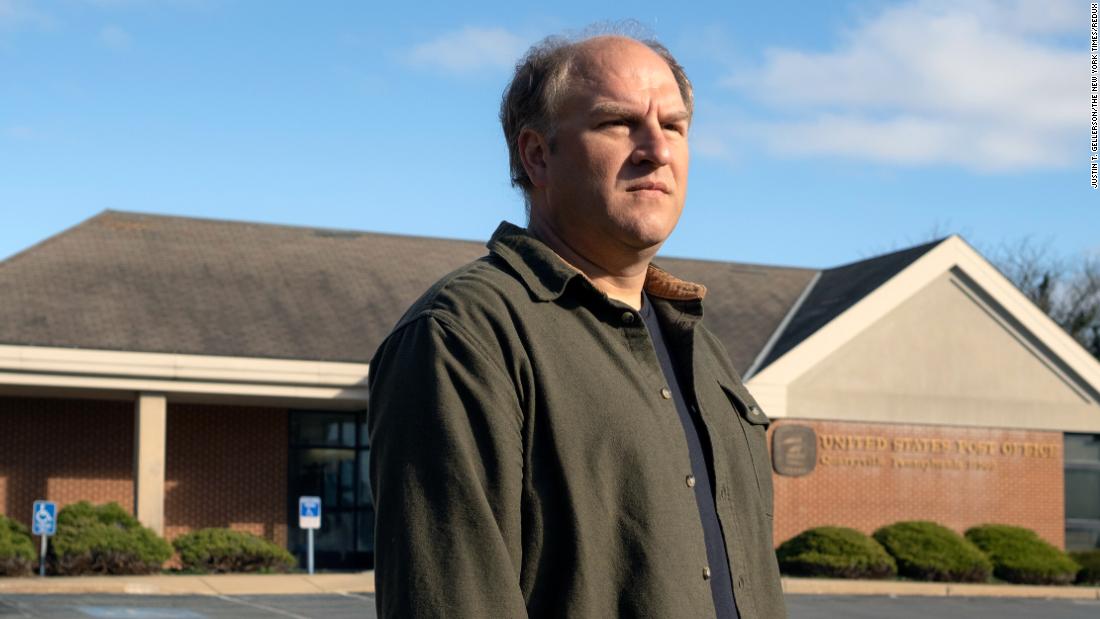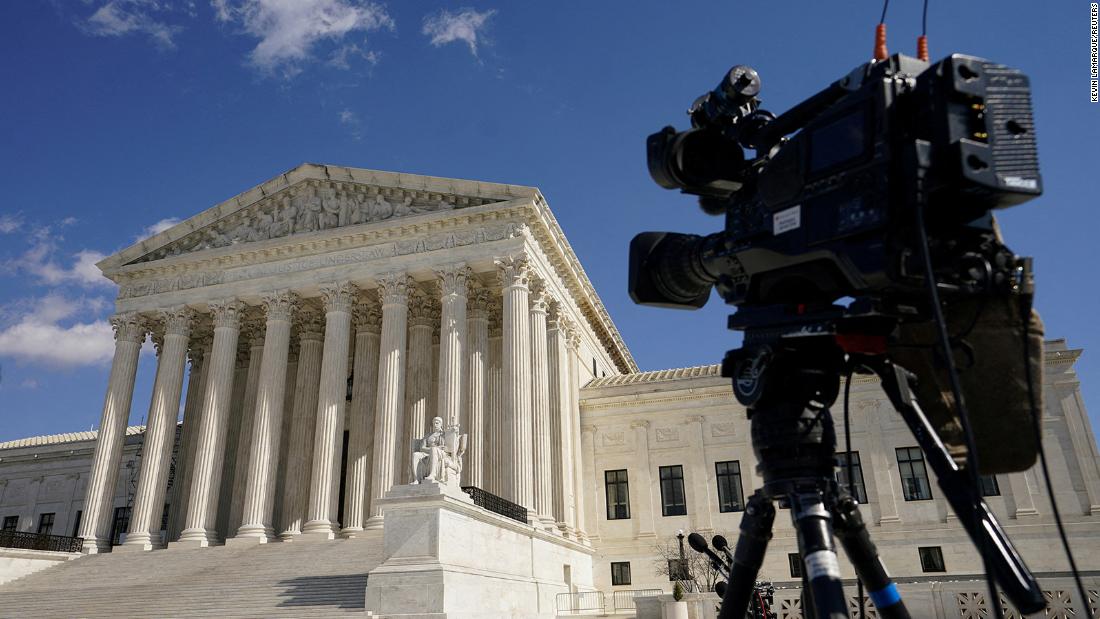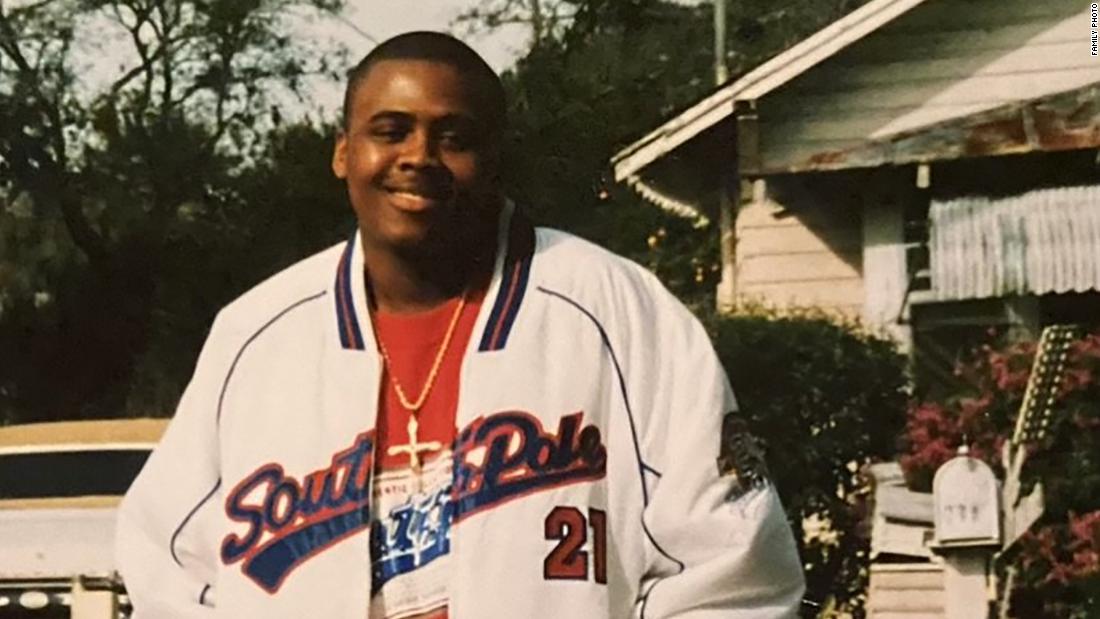JOHN Christie is one of Britain’s most notorious serial killers – a soft-spoken gentleman on the outside but a perverse and sadistic predator underneath.
He targeted women, usually strangling and raping his victims, before burying them in the garden at the infamous 10 Rillington Place, in Notting Hill, London.
AlamySerial killer John Christie murdered at least eight victims, including a baby[/caption]
Christie covers his face as he’s led to court
Getty10 Rillington Place in west London where Christie hid many of the bodies[/caption]
Christie carried out a decade-long murder spree from 1943, initially while working as a War Reserve Police officer following the Blitz.
The monster used his role patrolling the streets of London to hunt out his victims and hid behind his uniform to lure women into a false sense of security.
Despite racking up a gruesome kill count of at least eight victims, Christie managed to fly under the radar, in part thanks to a police blunder.
It was only after his crime spree was finally exposed that Christie became known as the “Monster of Rillington Place”.
Now The Sun can reveal that Christie may have admitted to more victims after a bombshell piece of evidence was uncovered.
Kate Summerscale – who wrote The Peepshow, a book on Christie – has also told how the killer was able to evade detection for so long.
She said: “His first murder, that we know of, was just a case of opportunity.
“He was patrolling the streets of London during black outs, during bombing raids – he had the authority of the uniform.”
She added: “There was such chaos during the blitz, during the war people went missing, bodies were found, it was an environment in which people who wanted to do things might feel the power to do them.”
Christie had invited 21-year-old Austrian munitions worker and prostitute Ruth Fuerst back to his flat on August 24, 1943, while his wife Ethel was away.
After having sex, he impulsively strangled her and stowed her body beneath the floorboards.
Christie then had a sinister change of heart and buried Ruth in the back garden the following evening – the first of many victims to be hidden at 10 Rillington Place.
The murder sparked a grisly spree across London that left local women terrified of going out alone.
Nine years earlier, Christie and his wife Ethel – who would go onto be one of his later murder victims – had moved into the modest home – one of four families crammed into the squalid terraced block.
The year after he left the reserve police, Christie took up employment as a clerk at an Acton radio factory, where he met colleague Muriel Amelia Eady – his second victim.
On October 7 1944, Christie invited Eady back to his flat, promising he’d concocted a mixture that could cure her bronchitis.
He in fact tricked her into inhaling domestic gas – which at the time had a 15% carbon monoxide content – through a tube.
While Eady was unconscious he raped and strangled her before burying her next to Fuerst.
Getty ImagesPolice digging up the garden at 10 Rillington Place[/caption]
Getty ImagesCrowds gathering outside 10 Rillington Place during the trial[/caption]
GettyChristie stalked the streets of London during World War Two in police uniform[/caption]
Christie’s next two victims have caused some contention for decades.
In October 1948, Timothy Evans and his wife Beryl moved into the top floor flat of 10 Rillington Place.
Beryl soon gave birth to a baby girl named Geraldine but the joy was short-lived when Evans called police and cryptically informed them that his wife was dead 11 months later.
After multiple searches, cops eventually found Beryl, as well as her baby daughter Geraldine and a 16-week male fetus all dead in an outdoor wash-house at the property.
A post mortem found both mum and daughter had been strangled, with Beryl also raped and beaten before she was killed.
Evans was arrested and initially claimed neighbour Christie had killed his wife during a botched abortion operation.
Following questioning, a full confession signed by Evans emerged but it was marred by speculation that the cops had fabricated his admission.
Evans withdrew it and again accused Christie, this time of both murders, but was charged.
On January 11 1950, Evans was put on trial for the murder of his baby daughter Geraldine, the prosecution opting not to pursue a second charge of murder for Beryl.
He was found guilty and then hanged on March 9 at HMP Pentonville.
Getty – ContributorTimothy Evans was convicted and later hanged for the murder of his wife[/caption]
Getty ImagesBeryl Evans and her baby Geraldine were murdered by Christie[/caption]
Hulton Archive – GettyRuth Fuerst, thought to have been the first victim of Christie[/caption]
In the years since, Christie has been ruled responsible for both murders – and the blunder meant he was free to kill four more women – his wife Ethel on December 14 1952, then Kathleen Maloney, Rita Nelson and Hectorina MacLennan between January 19 and March 6, 1953.
Each of these last three victims were killed with his gas and strangulation technique. He also repeatedly raped them while they were initially unconscious.
The bodies were stowed in a small alcove behind the back kitchen wall – which was then covered with wallpaper. Ethel, strangled in bed, was hidden under the floorboards.
Christie had been out of work since early December 1952 and following Ethel’s death he began selling off furniture, then her wedding ring and clothes, and even forged her signature in order to clear her bank account.
On March 20 1953 Christie illegally sublet the flat and hastily moved out – possibly fearing capture was imminent. Four days later the three bodies in the alcove were discovered and a manhunt was launched.
He had been staying at Rowton House in Kings Cross until news of the grim discovery was made and then quickly packed up and left, wandering around London until he was arrested on March 31 1953 near Putney Bridge.
Christie eventually admitted to all of the murders, except for that of baby Geraldine.
He was tried only for the murder of Ethel in June 1953 – and with his plea of insanity failing, was convicted and hanged on July 15, aged 54.
Unearthed documents
During research for her book, Kate came across a memorandum written by a prison guard who spoke to Christie following his trial and prior to his execution.
“I wasn’t necessarily going into this to solve the mystery of the Evans case – but it was quite a shock,” she told The Sun.
He allegedly confessed to both Evans murders for the first time – while further letters allegedly reveal the Home Office opted against releasing the information to the public.
Drudging up the case again and admitting to a potential miscarriage of justice would not have been a good look with capital punishment a particularly loaded topic at the time.
Referring to the Evans murders, Kate told The Sun: “It was not a very high profile case, it was just seen as a domestic, fish and chip type of crime.
“There was not a huge amount of police resources or press interest. It was quite a cursory investigation.”
Kate said confusingly Evans “told several stories about what happened”.
Getty – ContributorRita Nelson was murdered on January 19 1953[/caption]
Getty – ContributorKatheen Maloney was killed by Christie in February 1953[/caption]
AlamyChristie’s second known victim Muriel Amelia Eady[/caption]
“In one of them he confessed in detail to how he’d killed them and why. That was enough.”
He had originally accused Christie of being responsible on being arrested – but after police questioning signed a confession which he later retracted and again pointed the finger at his neighbour.
“He was a semi-illiterate van driver in his mid-20s and Christie was a middle-aged, apparently respectable man,” said Kate.
“He’d been injured in the First World War and a police officer in the Second World War. The authorities dismissed Evans’ accusations against Christie.”
She said there was a “certain amount of class prejudice”, adding: “Respectable middle aged men or hard-drinking van driver”.
During her research, Kate was surprised to find the forgotten documents in the archives that may well prove Evans’ innocence once and for all.
She unearthed the memo written by a prison guard claiming Christie had confessed to him in the cells.
Kate said: “He had nothing to lose, he was going to be hanged – Christie made a confession to the murder of Beryl and Geraldine Evans, the only time he did so, and explained how it came about.”
She went on to say: “I then found letters between a government minister and the head of the Civil Service which shows the prison guard’s memo was kept from the public and press in 1953 and remained in sealed files for decades.”
Kate said the prison guard had toyed with selling the story to the press but in the end reported it to his governor who gave it to the Home Office but the government department “hid it”.
She said: “It would have been a big scandal, a miscarriage of justice. Capital punishment was already a very hot topic.”
In 2004, the High Court had acknowledged that Evans did not murder his wife or daughter.
But while the court recognised the case as a miscarriage of justice, it did not formally overturn the conviction due to the cost and resources required.
Monster cop John Christie lived in a world of female independence similar to today
SERIAL killer John Christie began his decade-long murder spree in 1943 while working as a War Reserve Police officer following the Blitz.
The monster used his role patrolling the streets of London to hunt out his victims and hid behind his uniform to lure women into a false sense of security.
Author Kate Summerscale told The Sun: “His first murder, that we know of, was just a case of opportunity.
“He was patrolling the streets of London during black outs, during bombing raids – he had the authority of the uniform.”
Kate continued: “The freedom and the power of being in that role enabled him to start luring women and killing them, and feeling he could get away with it.
“There was such chaos during the blitz, during the war people went missing, bodies were found, it was an environment in which people who wanted to do things might feel the power to do them.”
I said the image of a man in police uniform targeting young lone women reminded me of another more recent murder.
Kate agreed. “When I started researching the case, when I realised he secured his first victim in uniform, it did remind me powerfully of Wayne Couzens,” she said.
Then-serving Met officer Couzens abducted, raped and murdered Sarah Everard, 33, in Clapham in March 2022 – having roamed the streets for a random victim, and using his police ID to gain her trust.
Kate also thought of the murder of two sisters, Bibaa Henry, 46, and Nicole Smallman, 27, by Danyal Hussein not far from her home in Fryent Country Park, when she began toying with the idea of a new book.
“I started thinking about why men kill women that are strangers to them, without any personal animus and I remembered Christie.”
She’d seen his waxwork in Madame Tussauds as a child, and then recalled watching the “very creepy” 1971 film on late night TV as a teenager.
“That was my starting point,” she continued. “To learn more about him as a serial killer, and to learn more about the women that he killed, and the world in which he lived, and how that might have contributed to the crimes.”
She added: “I’m quite interested in the incel culture rise, in a type of vengefulness in a certain type of men who feel threatened by the increasing independence of women.”
She explained that the immediate years after the Second World War’s end, when Christie committed the majority of his at least eight murders, saw a “similarly feverish attitude, a tension about gender roles” as perhaps today.
This had come about because women had entered the workforce while the men were away fighting and when they returned home their wives, girlfriends and mothers “returned to domestic duties” which led to a “restlessness”, she said.
“There was huge pressure on family life,” Kate continued. “Families were broken up, separations, death, people moving around, a massive increase in divorce rate came after the war.
“It was a period of turbulence, particularly in power relations between the sexes and perhaps we’ve been in a similar period of turbulence recently.”
Getty – ContributorEthel Christie was murdered by her husband in December 1952[/caption]
News Group Newspapers LtdJohn Hurt as Timothy Evans, Judy Geeson as Beryl Evans, and Richard Attenborough as John Christie in 1971 film 10 Rillington Place[/caption]
RedditChristie in his reserve police uniform[/caption]
Author Kate Summerscale wrote The Peepshow about Christie Published: [#item_custom_pubDate]
















